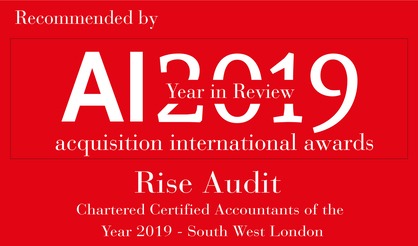COPYRIGHT
- Home
- Copyright
We took on a client in the engineering sector from a mid-tier firm. The finance director wasn’t sure how our approach to the audit would differ from that taken by the previous firm. All audit firms are bound by the same fundamental rules but our approach, while it’s still rigourous and challenging, is easier on the client.
Communication is the key: we provide clear guidance, setting down exactly what we expect from the client with total transparency, and in plain English.
During the pre-audit planning meeting with the client we gave them a proforma guide. It sets out which schedules we wanted prepared, by when. This made the audit planning process and the collation of the evidence we needed to support our opinion more efficient.
The client told us they’d not had a similar request from their previous auditors.
Next, early in the audit process, we documented their systems so that we understood them and could go straight to the appropriate person for information. This mean audit tests could be undertaken quickly with minimal disruption.
We also timed the audit visit so that the client’s month-end routines weren’t interfered with.
We spent less time on site than their previous auditors, causing less interruption and allowing them to get back into their normal routine as soon as possible.
And, crucially, all of this meant lower audit fees for the client.

